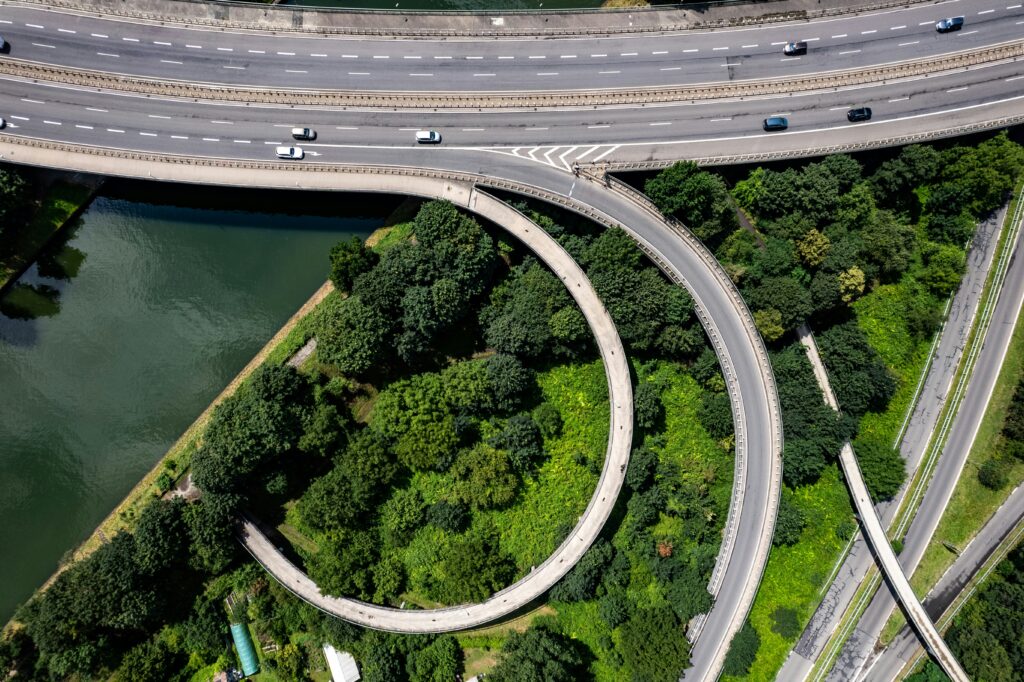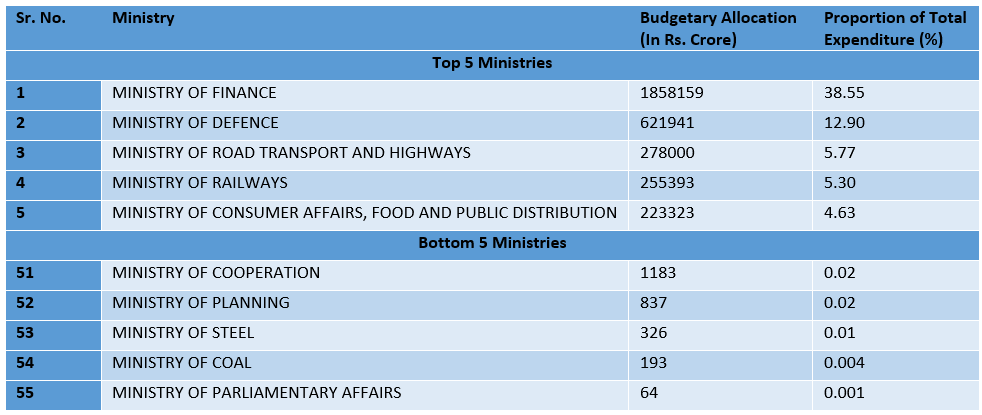
Decoding Government of India’s Rs. 11,11,111 of Capex
In India, one of the most awaited government’s initiatives is the budget. According to the Constitution, it is a presentation of annual financial statement solely. However, various policy announcement from loan to food subsidy to tax, is what it makes every citizen attuned to it.
This year post general or LokSabha elections, the newly formed government presented its budget on 23rd July 2024, valid till 1st February 2025. Hence more or less this budget contained a guideline or a pathway on which the government is likely to work upon in the upcoming five years.
Out of all announcements, the one that grabs everyone’s attention due to its multiplier effect such as job creation, supply-side facilities and connectivity is the CAPITAL EXENDITURE or CAPEX.
Finance Minister Nirmala Sitharaman has proposed to maintain the capital expenditure target at Rs. 11.11 lakh crore for the fiscal year 2024-25.
This article decodes and explains the Rs. 11,11,111 of Capex in terms of Ministry-wise budgetary allocation.
Government’s Total Expenditure
The total expenditure in Budget Estimates (BE) 2024-25 is estimated at 48,20,512 crore. Below is the composition of total expenditure in Rs. Lakh crore over the period of time.

Out of 55 Ministries of the Government of India, the Ministries are arranged according to the amount of funds to be received. Further their proportion as of the total expenditure is calculated.
Accordingly, the table below demonstrates of top 5 and bottom 5 Ministries.

Ministry of Finance is the top recipient of budgetary allocation with 38.55% of total budget of the government, followed by Defence, Road and so on. The bottom five Ministries in terms budgetary allocation are Ministry of Co-Operation(0.02%); Planning (0.02%); Steel (0.01%); Coal (0.004%); and, Parliamentary Affairs (0.001%).
In the next part, let’s understand the Capex!
Government’s Capex 2024-25
The total capital expenditure proposed for FY 2024-25 is 11,11,111 crore. Compared to RE 2023-24, the capital expenditure in BE 2024-25 reflects an increase of 16.9%. Effective capital expenditure, at 15,01,889 crore in BE 2024-25 shows an increase of 18.2% over RE 2023-24.
Capital expenditure is the money spent by the government on the development of machinery, equipment, building, health facilities, education, etc. It also includes the expenditure incurred on acquiring fixed assets like land and investment by the government that gives profits or dividend in future.
Capital spending is associated with investment or development spending, where expenditure has benefits extending years into the future. Capital expenditure includes money spent on the following:
- Acquiring fixed and intangible assets
- Upgrading an existing asset
- Repairing an existing asset
- Repayment of loan
Unlike capital expenditure, which creates assets for the future, revenue expenditure is one that neither creates assets nor reduces any liability of the government. Salaries of employees, interest payment on past debt, subsidies, pension, etc, fall under the category of revenue expenditure. It is recurring in nature.
Out of total of Rs. 48 Lakh Crore of the budget, the capital expenditure or capex as a proportion of total expenditure is around 23.05%.
In which, Ministry of Railways, out of total budget of the Ministry, has allocated 98.67% to capex; followed by the Ministry of Roads and Transport around 97.93%. the Ministries of Education and Rural development have allocated the least amount to capex out of their total budget around 0.01% and 0.003% respectively.
Let’s decode Capex of Rs. 11,11,111 crore
On the basis of budgetary allocation of each ministry and their capex, the further simplifying analysis classifies Ministries into four categories, namely:
- Capex more than Rs. 1 Lakh Crore
- Capex more than Rs. 10 Thousand Crore but less than Rs. 1 Crore
- Capex more than Rs. 1 Thousand Crore but less than Rs. 10 Thousand Crore
- Capex more than Rs. 100 Crore but less than Rs. 1 Thousand Crore
- Capex less than Rs. 100 Crore
In each category the number of ministries vary. The figure below explains the number of ministries in each of the above-mentioned five categories.

The top 4 ministries which have budgetary allocation of more than Rs. 1 lakh crore dedicated to capex include Ministry of Road and Transport; Railways; Finance and, Defence.
Capital expenditure, which leads to the creation of assets are long-term in nature and allow the economy to generate revenue for many years by adding or improving production facilities and boosting operational efficiency. It also increases labour participation, takes stock of the economy and raises its capacity to produce more in future.
Similar kind of approach can be witnessed in budget 2024-25 with respect to capex. Certainly, with large budgetary allocation to roads and railways would create long-term assets, boost connectivity and help improve on supply-chain dynamics. Also, the modernization of armed forces is a need of an hour with consistent changes on the geo-politics and the rule of law and world-order.
The next set of four ministries that have allocated more than Rs. 10 Thousand Crore but less than Rs. 1 Lakh Crore include Ministry of Communication; Housing and Urban Affairs; Home Affairs; and, Atomic Energy. The budget announcement has clearly mentioned as one of the nine priorities, ‘Cities as Engines of Growth will be developed’. This would require additional infrastructure to meet the growing demand and urbanization. Further, in the ‘Energy Security’ priority, development of nuclear energy for the same is aligning with budgetary allocation and capex.
Ministry of Power; Ports; Petroleum and so on form the group of eight ministries that will be spending capex in the range of Rs. 1 Thousand to Rs. 10 Thousand crore. Ministry of Jal Shakti, MSMEs, Agriculture will be spending more than Rs. 100 Crore but less than Rs. 1 Thousand Crore. Some of the Ministries from this group should have given more capex such as Ministry of Electronics and Information; Jal Shakti and Earth Sciences to delve deeper into research and development and would have helped the private sector to match the global competence level.
In the last group, wherein Ministries are spending less than Rs. 100 crore as capex contains the largest group of 27 ministries. Again, in this, Ministry of New and Renewable Energy; Civil Aviation; Mines; Textiles; Coal; and Tourism are creating assets but will be spending minimal amount as capex. The potential of the sectors that come under the purview of these ministries will also face the crunch of funds and might lag behind in terms of growth and development.
Re-prioritization of capex as per the jobs that they are likely to create should be considered so that India will be able to address the job challenge, might not fully but at least partially. For example, on one hand, government suggests that tourist places in India should be promoted but many of the places are found to lack basic infrastructure and services. The government’s capex should precisely target such areas. Provision of services will further lead to more tourists visiting the place and hence jobs in the local areas will be developed.
Lastly, relevant research and development initiatives of respective ministries should be conducted for subject-wise policymaking and should be promoted and funded more as a part of capex. As suggested in the National Education Policy 2020, the interdisciplinary nature of education should be inculcated. Similarly, interdisciplinary research of natural and social sciences should be considered as an investment for policymaking.

Vaibhavi Pingale
Ms. Vaibhavi Pingale is a Visiting Faculty of Economics at Gokhale Institute of Politics and Economics, Pune & at Savitribai Phule Pune University. She is pursuing her PhD. She has been actively writing media articles other than academic research.

